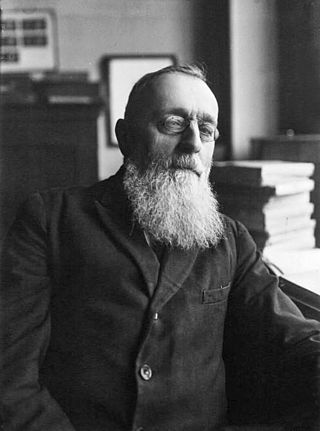
Antoine François Alfred Lacroix was a French mineralogist and geologist. He was born in Mâcon, Saône-et-Loire.
Founded in 1958, the International Mineralogical Association (IMA) is an international group of 40 national societies. The goal is to promote the science of mineralogy and to standardize the nomenclature of the 5000 plus known mineral species. The IMA is affiliated with the International Union of Geological Sciences (IUGS).
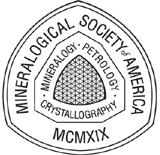
The Mineralogical Society of America (MSA) is a scientific membership organization. MSA was founded in 1919 for the advancement of mineralogy, crystallography, geochemistry, and petrology, and promotion of their uses in other sciences, industry, and the arts. It encourages fundamental research about natural materials; supports the teaching of mineralogical concepts and procedures to students of mineralogy and related arts and sciences; and attempts to raise the scientific literacy of society with respect to issues involving mineralogy. The Society encourages the general preservation of mineral collections, displays, mineral localities, type minerals and scientific data. MSA represents the United States with regard to the science of mineralogy in any international context. The Society was incorporated in 1937 and approved as a nonprofit organization in 1959.
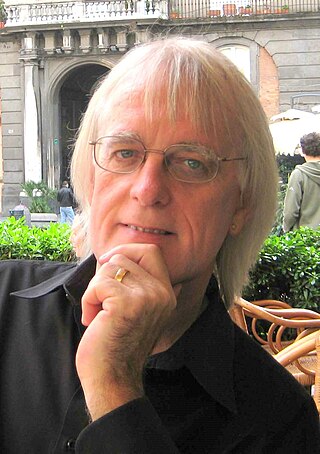
Frank Christopher Hawthorne is a Canadian mineralogist, crystallographer and spectroscopist. He works at the University of Manitoba, Winnipeg, Manitoba, Canada, and is currently Distinguished Professor Emeritus. By combining Graph Theory, Bond-Valence Theory and the moments approach to the electronic energy density of solids he has developed Bond Topology as a rigorous approach to understanding the atomic arrangements, chemical compositions and paragenesis of complex oxide and oxysalt minerals.

Joseph Henry Collins FGS, was a British mining engineer, mineralogist and geologist. He died at his home, Crinnis House, near St Austell, on 12 April 1916 and is buried in Campdowns cemetery, Charlestown.
American Mineralogist: An International Journal of Earth and Planetary Materials is a peer-reviewed scientific journal covering the general fields of mineralogy, crystallography, geochemistry, and petrology. It is an official journal of the Mineralogical Society of America, publishing both subscription and open access articles. The journal is a hybrid open-access journal. The editors-in-chief are Hongwu Xu, and Don Baker.
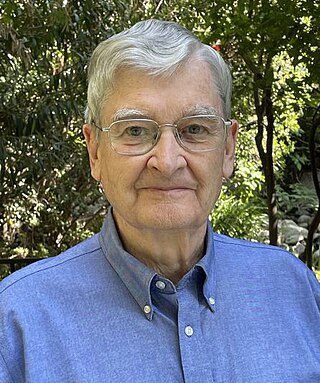
George R. Rossman is an American mineralogist and the Professor of Mineralogy at the California Institute of Technology.

Jillian Fiona Banfield is professor at the University of California, Berkeley with appointments in the Earth Science, Ecosystem Science and Materials Science and Engineering departments. She is the director of microbiology the Innovative Genomics Institute, is affiliated with Lawrence Berkeley National Laboratory and has a position at the University of Melbourne, Australia. Some of her most noted work includes publications on the structure and functioning of microbial communities and the nature, properties and reactivity of nanomaterials.
Louis Jean-Pierre Cabri (born February 23, 1934, in Cairo) is an eminent Canadian scientist in the field of platinum group elements (PGE) mineralogy with expertise in precious metal mineralogy and base metals at the Canada Centre for Mineral and Energy Technology (CANMET). First as Research Scientist and later as Principal Scientist (1996–1999). In the 1970s he discovered two new Cu–Fe sulfide minerals, "mooihoekite" and "haycockite". In 1983 Russian mineralogists named a new mineral after him: cabriite (Pd2SnCu).
Robert Andrew Howie was a notable English petrologist.
Georges Calas is professor of mineralogy (Emeritus) at Sorbonne Université and an honorary Senior Member of University Institute of France.
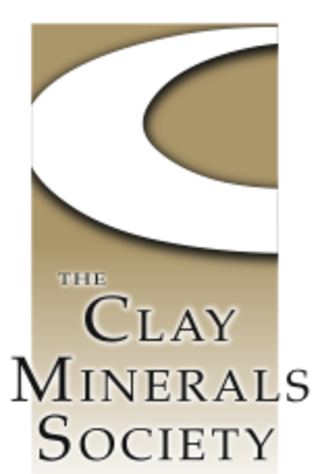
The Clay Minerals Society is an international non-profit organization devoted to the study of clays and clay minerals.

Rodney Charles Ewing is an American mineralogist and materials scientist whose research is focused on the properties of nuclear materials.
Ian Stuart Edward Carmichael was a British-born American igneous petrologist and volcanologist who established extensive quantitative methods for research in the thermodynamics of magma.

Michael Fleischer was an American chemist and mineralogist. He worked as a geochemist with the U.S. Geological Survey from 1939 to 1978. He published a huge number of chemical abstracts and reviews of proposed mineral names, and is known for his authoritative Glossary of Mineral Species, first published in 1971.
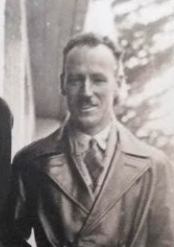
George Baker (1908–1975) was an Australian mineralogist, geologist, university teacher and researcher based in Melbourne, Victoria in the mid-20th century. His teaching and research work was undertaken through positions at the University of Melbourne, CSIRO and the National Museum of Victoria.
Richard J. Harrison is a professor in the Department of Earth Sciences and director of Studies for Earth and Mineral Sciences at St. Catharine's College, University of Cambridge. He works in the field of palaeomagnetism.

Geoffrey Michael Gadd is a British-Irish microbiologist and mycologist specializing in geomicrobiology, geomycology, and bioremediation. He is currently a professor at the University of Dundee, holding the Boyd Baxter Chair of Biology, and is head of the Geomicrobiology Group.
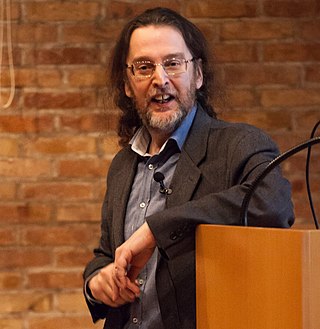
Ross John Angel is an internationally recognized researcher in mineralogy, expert in crystallography and elastic properties of geological materials and key industrial materials, which he studies with experimental and analytical approaches. He is the lead author or co-author of over 240 articles in international scientific journals, he received the Dana Medal from the Mineralogical Society of America in 2011 and is currently a director of research at the Institute of Geosciences and Geo-resources of the National Research Council (Italy).











